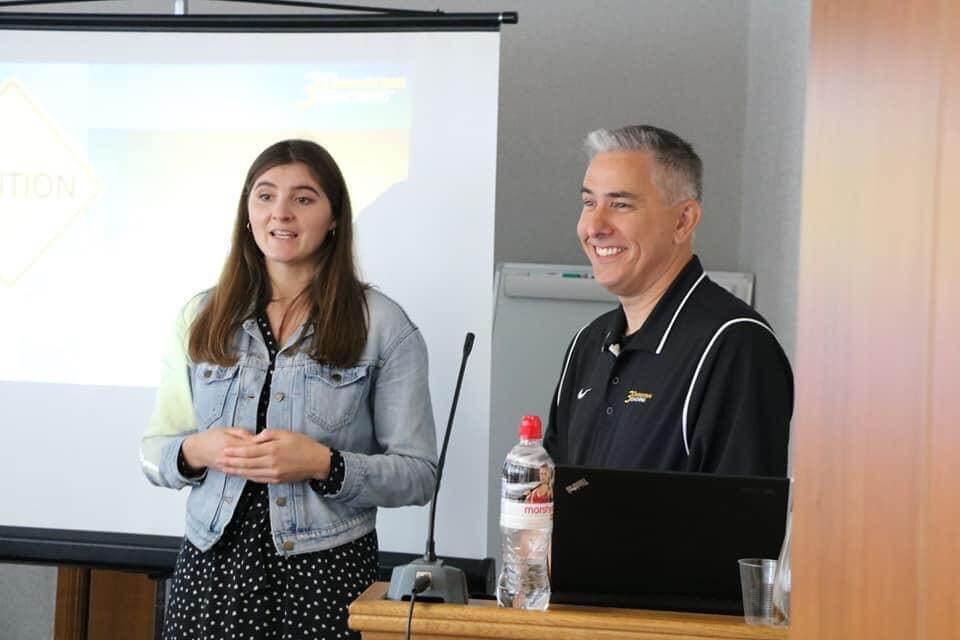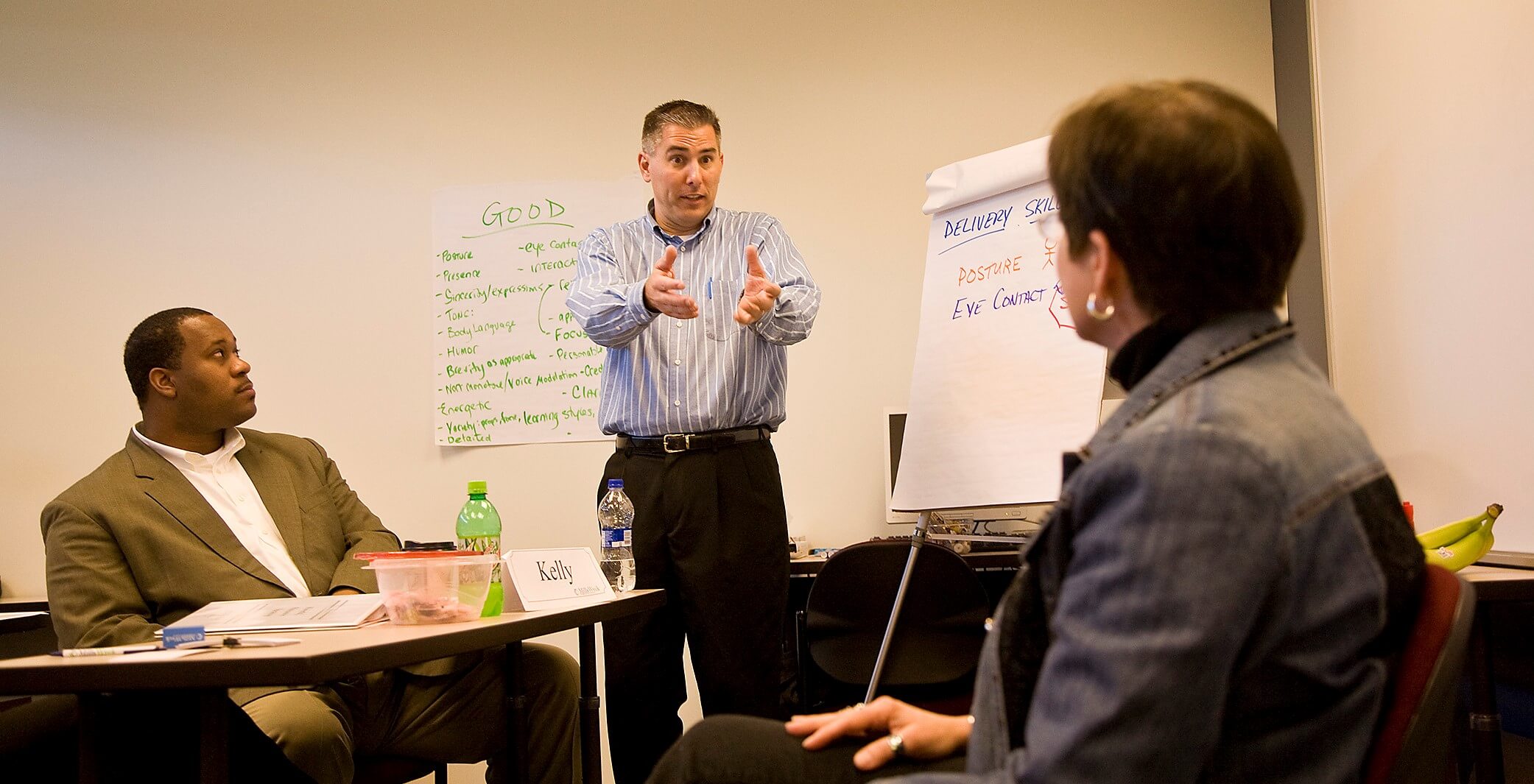Pre-COVID, I was given the opportunity to travel to three continents in the span of a year. Those experiences had a profound impact on my view of the world and the people in it. One of the most amazing aspects was my awareness of CULTURE.
One of the best works I’ve read about Culture is Erin Meyer’s The Culture Map. Ms. Meyer has lived in several parts of the globe and advises businesses on how to interact across cultures. She analyzes and addresses several categories where cultures differ. She has taken the time to quantify these criteria by country and compare them. It can be quite enlightening. I wrote on this in April 2019, before COVID changed our world. I haven’t been out of the country since.
But cultures are not limited to country boundaries. In our workshops, we define culture as “an unwritten set of rules accepted by a group of people as law.” For instance, anyone who has heard me speak knows that I am loud. But I was brought up in a loud family. While my siblings may choose to argue (and that may prove my point even more), I’d say I am probably the soft spoken child. I didn’t ever decide to be loud. I didn’t even know I was loud until later in life. It’s just the rule my family tolerated or perhaps even promoted (which is odd since neither of my parents is particularly thunderous in their speech). If I’m in a place where quiet is the “rule”, there’s a good chance I’m going to embarrass myself by being too loud (or get shushed by the librarian). Your organization has culture rules that govern everything from timeliness to the length and frequency of emails. Culture is ingrained in everything we do.
Consider travel and meetings. Pre-COVID, any salesperson worth their salt would demand an in-person meeting to close a deal. Trainers (like me) made their living in front of a live audience. Supervisors would conduct site visits just to be seen. There were pockets of places where people tried web-based communication, but it was rarely effective, seldom preferred, and mostly short-lived. But that all changed in the span of one week, and we now live in an entirely different culture and under new expectations. It’s hard to even remember… before.
I’ve spent a lot of time thinking about the question: How do you change a culture? In the context of communication, how could you make interesting, short, and impactful presentations the norm in your place of work? Is it possible to eliminate all the useless and long meetings from your organization? Could you transform the corporate bully, who always seems to be the first and loudest person to speak? Could you reasonably expect people to practice and review (or maybe just submit!) their talk a few days in advance of the Big Meeting? Most places have an example of a person who is a good communicator, but few organizations have a culture of excellence when it comes to communication. Mostly, we just tolerate mediocrity. Or worse.
Can you change a culture? The answer is…
YES. But it isn’t easy. And it probably means you’ll have to change first.
For the last year, I’ve been working on a project in St. Joseph, MO around the concepts of changing culture. In this case, the culture is that of an entire town, including the businesses, educational system, and the recreation and sports entities. Called the 3D Business Journey, it’s probably the most exciting professional project I’ve ever been a part of. In Season One, we had monthly breakfasts to gather town leaders and ask them to dream about what could be. We examined what it would take to change, and what interim stages we could expect along the way. We challenged their view of themselves as a change agent, their definition of success, and what part their leadership plays in the whole process.
We are now moving to Season Two, where small groups will go through an introspective curriculum designed to formulate a plan to lead their Team in such a way to produce maximum effort, enhance creativity and innovation, and to do it with a good attitude that draws others to the organization.
In Season Three, we will implement a mentorship program to create accountability and put plans to action. That’s a huge commitment, all in support of the stated goal of changing a culture.
Along the way, we recognize the value of communication from leaders in transforming a culture. Here are three communication tips to follow when you are tasked with leadership:
A culture of communication is measured in the message that is transmitted, not in the frequency or type of communication. “But I told them…” is never a valid excuse for a leader. Clarity trumps quantity. (That said, err on the side of more, not less, communication. Your Team needs to hear from their Captain.)
Tell the truth. Nothing saps trust in an initiative like the discovery of being manipulated or lied to. Where the truth cannot be (fully) told, tell the truth in a beautiful way.
Make communication personal and specific. The ability to mass produce communication (like a newsletter – oh, the irony!) does not make communication more effective. It does allow you to reach more people and stay on the radar. But a personal email or a phone call would be a better use of our time in sharing ideas and dreams.
For the leader who wants to see results from their Team, comprehending the place of culture in determining behaviors will drive us to study it more, and find ways to influence those around us to their highest outcomes within the context of the culture and their abilities. By the way, that’s pretty much the definition of a Coach, my favorite title and the base metaphor for our 3D Journey.
Communication matters. What are you saying?
P.S. You can see this exciting project at The Joseph Company. As we roll this out, we are always interested in feedback and ideas. If you’d like to learn more about The 3D Business Journey and how it might fit into your organization’s needs, contact me directly.
Want more speaking tips? Check out our Free Resources page and our YouTube channel.
We can also help you with your communication and speaking skills with our Workshops or Personal Coaching.
This article was published in the August edition of our monthly speaking tips email newsletter, Communication Matters. Have speaking tips like these delivered straight to your inbox every month. Sign up today to receive our newsletter and receive our FREE eBook, “Twelve Tips that will Save You from Making a Bad Presentation.” You can unsubscribe at any time.





